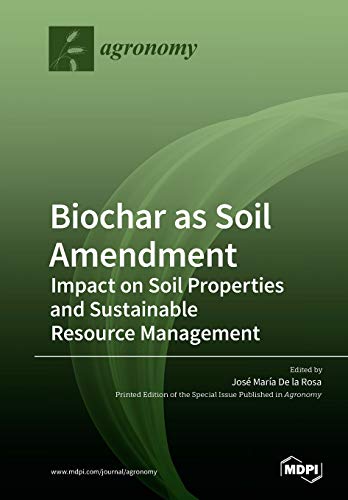

Most ebook files are in PDF format, so you can easily read them using various software such as Foxit Reader or directly on the Google Chrome browser.
Some ebook files are released by publishers in other formats such as .awz, .mobi, .epub, .fb2, etc. You may need to install specific software to read these formats on mobile/PC, such as Calibre.
Please read the tutorial at this link: https://ebookbell.com/faq
We offer FREE conversion to the popular formats you request; however, this may take some time. Therefore, right after payment, please email us, and we will try to provide the service as quickly as possible.
For some exceptional file formats or broken links (if any), please refrain from opening any disputes. Instead, email us first, and we will try to assist within a maximum of 6 hours.
EbookBell Team

0.0
0 reviewsThe role of biochar in improving soil fertility is increasingly being recognized and is leading to recommendations of biochar amendment of degraded soils. In addition, biochars offer a sustainable tool for managing organic wastes and to produce added-value products. The benefits of biochar use in agriculture and forestry can span enhanced plant productivity, an increase in soil C stocks, and a reduction of nutrient losses from soil and non-CO2 greenhouse gas emissions. Nevertheless, biochar composition and properties and, therefore, its performance as a soil amendment are highly dependent on the feedstock and pyrolysis conditions. In addition, due to its characteristics, such as high porosity, water retention, and adsorption capacity, there are other applications for biochar that still need to be properly tested. Thus, the 16 original articles contained in this book, which were selected and evaluated for this Special Issue, provide a comprehensive overview of the biological, chemicophysical, biochemical, and environmental aspects of the application of biochar as soil amendment. Specifically, they address the applicability of biochar for nursery growth, its effects on the productivity of various food crops under contrasting conditions, biochar capacity for pesticide retention, assessment of greenhouse gas emissions, and soil carbon dynamics. I would like to thank the contributors, reviewers, and the support of the Agronomy editorial staff, whose professionalism and dedication have made this issue possible.